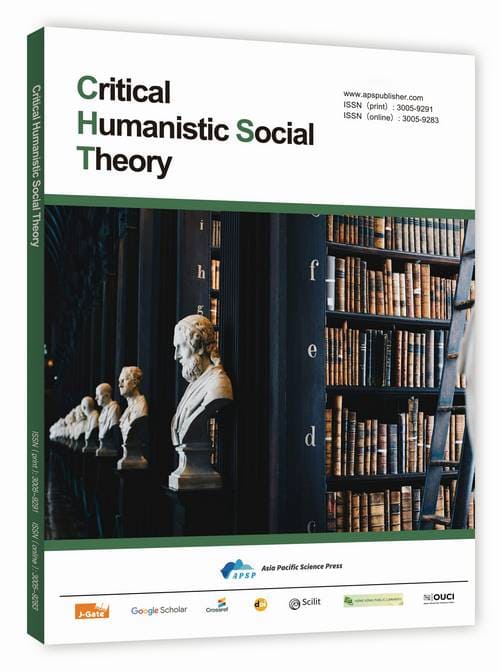Research on Employment Compliance of Chinese Outbound Digital Platforms from an ESG Perspective
DOI:
https://doi.org/10.62177/chst.v2i3.568Keywords:
Chinese Overseas Enterprises, Digital Platform Labor, Labor Compliance, ESGAbstract
As an institutional carrier of national governance modernization, corporate compliance governance serves as a critical practical pathway for advancing the comprehensive rule of law in China. Amid globalization, the importance of ESG standards has become increasingly prominent, and ESG compliance for overseas enterprises has become an inevitable trend. Chinese overseas enterprises face ESG compliance challenges in digital platform labor practices, including insufficient compliance motivation (prioritizing short-term gains), inadequate capacity (constrained by stringent legal environments), and covert algorithmic discipline with weak regulatory oversight. These issues stem from corporate resource deficiencies and labor alienation driven by algorithms. From an ESG perspective, the compliance boundaries of digital platform labor for Chinese overseas enterprises require a four-dimensional restructuring: shifting goals from profit-driven priorities to balancing multiple values; expanding governance actors to include governments and societal stakeholders; upgrading frameworks to incorporate algorithmic ethics reviews and third-party audits; and elevating compliance content to algorithmic ESG governance. Building on this, Chinese overseas enterprises urgently need to establish a three-dimensional (E-S-G) collaborative compliance path: Environmental (E)—developing green, low-carbon labor models; Social (S)—redefining algorithmic ethics through a "neutral algorithms, transparent accountability, compliance review" mechanism to clarify platform responsibilities; Governance (G)—implementing tiered disclosure mandates, establishing technology ethics committees, and fostering third-party multidimensional evaluations. This will drive the platform economy to transition from efficiency-first to value co-creation. For Chinese enterprises expanding globally, sustainable and steady growth must accompany their internationalization efforts.
Downloads
References
Sen, A. (2009). The idea of justice. Cambridge, MA: Harvard University Press,4.
Braverman, H. (1974). Labor and monopoly capital: The degradation of work in the twentieth century. New York, NY: Monthly Review Press, 42–54.
Foucault, M. (1977). Discipline and punish: The birth of the prison (A. Sheridan, Trans.). New York, NY: Pantheon Books, 160–179.
Coeckelbergh, M. (2020). Artificial intelligence, responsibility attribution, and a relational justification of explainability. Science and Engineering Ethics, 26(4), 2051–2068.
Wernerfelt, B. (1984). A resource-based view of the firm. Strategic Management Journal, 5(2), 171–180.
Barney, J. (1991). Firm resources and sustained competitive advantage. Journal of Management, 17, 99–120.
Marx, K. (1988). Economic and philosophic manuscripts of 1844 (M. Milligan, Trans.). Amherst, NY: Prometheus Books,54, 48, 50, 54–55.
Lobschat, L., Mueller, B., Eggers, F., Brandimarte, L., Diefenbach, S., Kroschke, M., & Wirtz, J. (2021). Corporate digital responsibility. Journal of Business Research, 122, 875–888.
Herden, C. J., Alliu, E., Cakici, A., … & others. (2021). Corporate digital responsibility: New corporate responsibilities in the digital age. Nachhaltiges Management Forum, 29, 13–29.
Weißenberger, B. E., & Maroco, A. (2022). Corporate digital responsibility und ihre Integration in die Unternehmensführung. In S. Roth & H. Corsten (Eds.), Handbuch digitalisierung (pp. 41–58). Berlin, Germany: Vahlen.
Downloads
How to Cite
Issue
Section
License
Copyright (c) 2025 Leqi Li

This work is licensed under a Creative Commons Attribution-NonCommercial 4.0 International License.
DATE
Accepted: 2025-09-08
Published: 2025-09-11
















